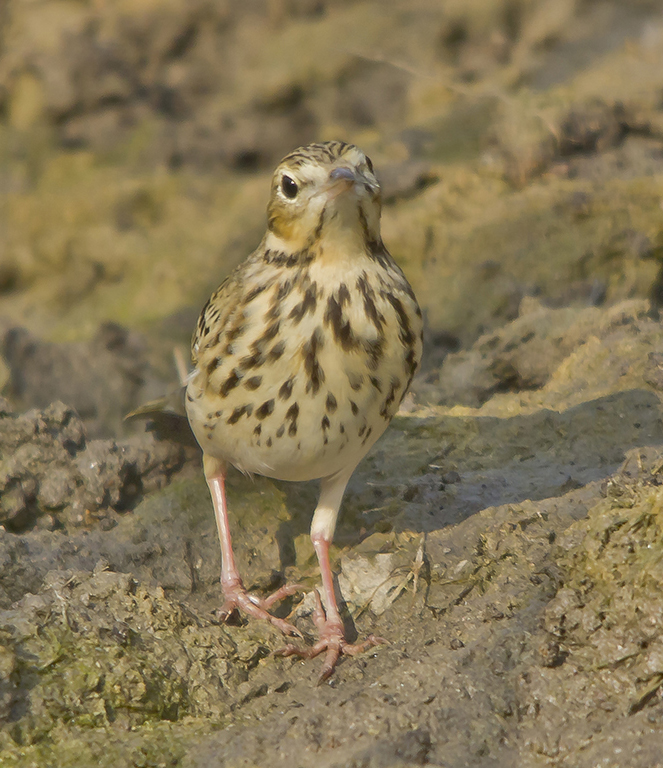Anthus trivialis on:
[Wikipedia]
[Google]
[Amazon]
 The tree pipit (''Anthus trivialis'') is a small passerine bird which breeds across most of Europe and the
The tree pipit (''Anthus trivialis'') is a small passerine bird which breeds across most of Europe and the
File:Oriental Tree Pipit.jpg, In India
File:Anthus trivialis MWNH 1577.JPG, Eggs, Collection Museum Wiesbaden, Germany
File:Tree Pipit (Anthus trivialis)-1.jpg, In flight
File:Tree Pipit (Anthus trivialis)at Sindhrot near Vadodara, Gujrat Pix 243.jpg, In Gujarat, India
File:Baumpieper (Anthus trivialis), Kappertzvenn bei Mürringen, Ostbelgien (3939066668).jpg, In Belgium
File:Tree Pipit Grönvold.jpg, Historical illustration from 1907-1908 by Henrik Grönvold
File:TreePipit DSCN2295.jpg, Tree Pipit wintering in Anamalai Hills, India
Cuculus canorus canorus MHNT.ZOO.2010.11.150.18.jpg, ''Cuculus canorus canorus'' in a clutch of ''Anthus trivialis'' - MHNT
Ageing and sexing (PDF; 1.7 MB) by Javier Blasco-Zumeta & Gerd-Michael Heinze
* * * Tree pipit
Species text in The Atlas of Southern African Birds
{{Authority control tree pipit Birds of Eurasia Birds of Russia Birds of Africa Birds of South Asia tree pipit tree pipit Articles containing video clips
 The tree pipit (''Anthus trivialis'') is a small passerine bird which breeds across most of Europe and the
The tree pipit (''Anthus trivialis'') is a small passerine bird which breeds across most of Europe and the Palearctic
The Palearctic or Palaearctic is the largest of the eight biogeographic realms of the Earth. It stretches across all of Eurasia north of the foothills of the Himalayas, and North Africa.
The realm consists of several bioregions: the Euro-Sibe ...
as far East as the East Siberian Mountains. It is a long-distance migrant moving in winter to Africa and southern Asia. The scientific name is from Latin: ''anthus'' is the name for a small bird of grasslands, and the specific '' trivialis'' means "common".
Taxonomy
The tree pipit was formally described by the Swedish naturalist Carl Linnaeus in 1758 in the tenth edition of his ''Systema Naturae
' (originally in Latin written ' with the ligature æ) is one of the major works of the Swedish botanist, zoologist and physician Carl Linnaeus (1707–1778) and introduced the Linnaean taxonomy. Although the system, now known as binomial nomen ...
'' under the binomial name
In taxonomy, binomial nomenclature ("two-term naming system"), also called nomenclature ("two-name naming system") or binary nomenclature, is a formal system of naming species of living things by giving each a name composed of two parts, bot ...
''Alauda trivialis''. Linnaeus noted that the species occurred in Sweden. The specific epithet ''trivialis'' is Latin meaning "common" or "ordinary" from Latin ''trivium'' meaning "public street". The tree pipit is now placed in the genus '' Anthus'' that was introduced in 1805 by the German naturalist Johann Matthäus Bechstein
Johann Matthäus Bechstein (11 July 1757 – 23 February 1822) was a German naturalist, forester, ornithologist, entomologist, and herpetologist. In Great Britain, he was known for his treatise on singing birds (''Naturgeschichte der Stubenvög ...
.
Two subspecies are recognised:
* ''A. t. trivialis'' (Linnaeus, 1758) – breeds across Europe to southwest Siberia, north Iran and Turkey, east Kazakhstan, southcentral Siberia, Mongolia and northwest China; winters in India and Africa
* ''A. t. haringtoni'' Witherby, 1917 – breeds in northwest Himalayas; winters in central India
Description
This is a small pipit, which resembles meadow pipit. It is an undistinguished-looking species, streaked brown above and with black markings on a white belly and buff breast below. It can be distinguished from the slightly smaller meadow pipit by its heavier bill and greater contrast between its buff breast and white belly. Tree pipits more readily perch in trees. The call is a strong ''spek'', unlike the weak call of its relative. The song flight is unmistakable. The bird rises a short distance up from a tree, and then parachutes down on stiff wings, the song becoming more drawn out towards the end. The breeding habitat is open woodland and scrub. The nest is on the ground, with 4–8 eggs being laid. This species is insectivorous, like its relatives, but will also take seeds.Life cycle
*mid-September to mid-April: lives in sub Saharan Africa *mid April to beginning of May: migrates and arrives in countries such as the United Kingdom *beginning of May to August: breeding season, two broods *August to mid September: flies back to Saharan AfricasManagement and conservation
They breed in habitats with a wooded component, includingLowland heath Lowland heath is a Biodiversity Action Plan habitat as it is a type of ancient wild landscape. Natural England's Environmental Stewardship scheme describes lowland heath as containing dry heath, wet heath and valley mire communities, usually below ...
and coppice. They are found mostly in open birch woodland on the boundary with moorland
Moorland or moor is a type of habitat found in upland areas in temperate grasslands, savannas, and shrublands and montane grasslands and shrublands biomes, characterised by low-growing vegetation on acidic soils. Moorland, nowadays, generally ...
, or open structured oak woodland – therefore heavy thinning is required to produce a gappy character. They prefer low canopy medium-sized trees, where there is low-growing scrub and bramble less than 2 metres high, so that horizontal visibility is relatively high. They like a mosaic of grass and bracken, but not very grazed short turf, so light to moderate grazing is preferred. Glades are also valuable, and streams are preferred.
Once they have arrived they nest on the ground amongst grass or heather tussocks. They forage on invertebrates found in the ground vegetation.
They need scattered trees as song perches.RSPB Woodland Management For Birds – Pied Flycatcher
Grant funding for conservation
The Forestry Commission offers grants under a scheme called England's Woodland Improvement Grant (EWIG); as does Natural Englands Environmental Stewardship Scheme.Gallery
References
External links
Ageing and sexing (PDF; 1.7 MB) by Javier Blasco-Zumeta & Gerd-Michael Heinze
* * * Tree pipit
Species text in The Atlas of Southern African Birds
{{Authority control tree pipit Birds of Eurasia Birds of Russia Birds of Africa Birds of South Asia tree pipit tree pipit Articles containing video clips